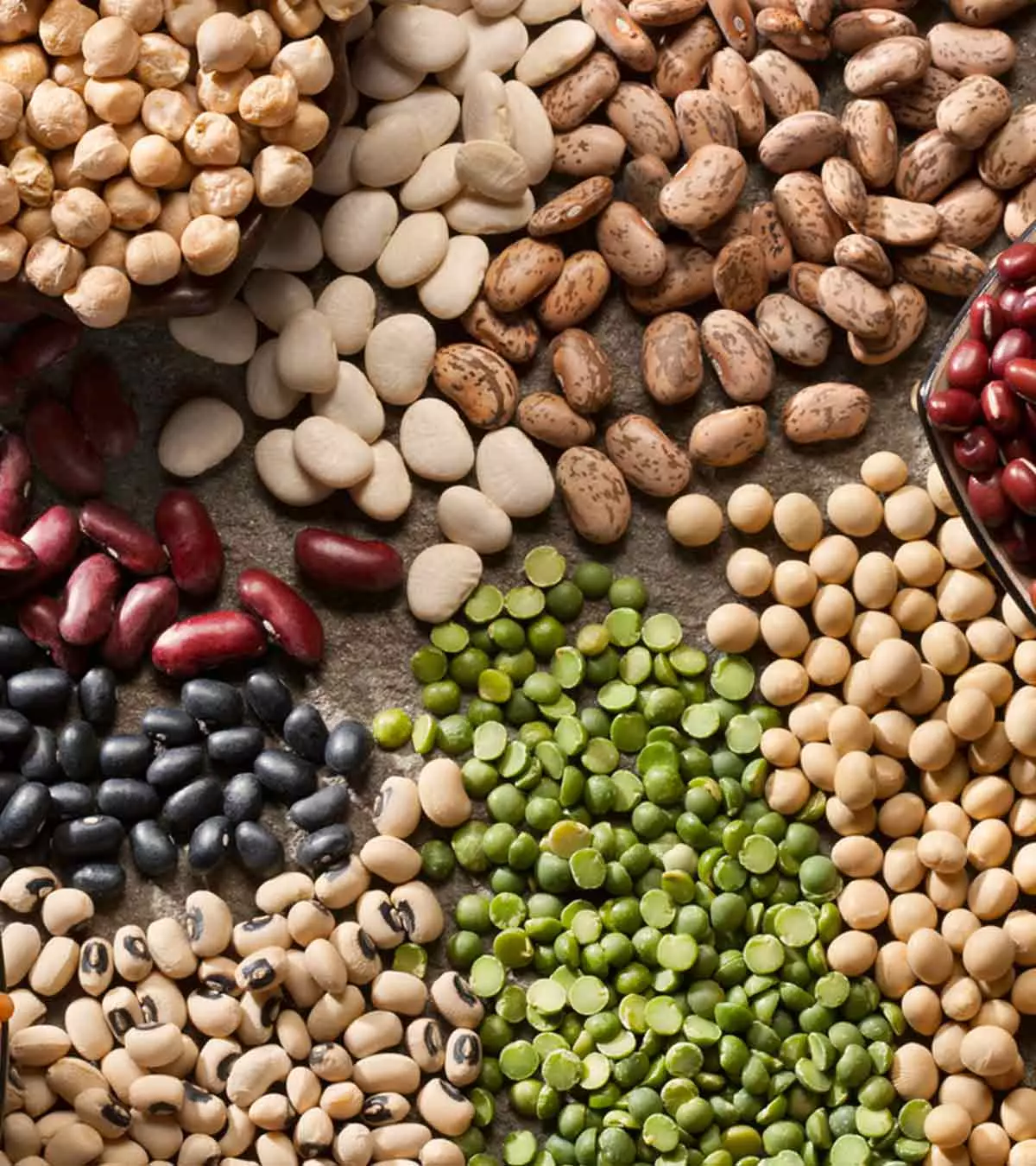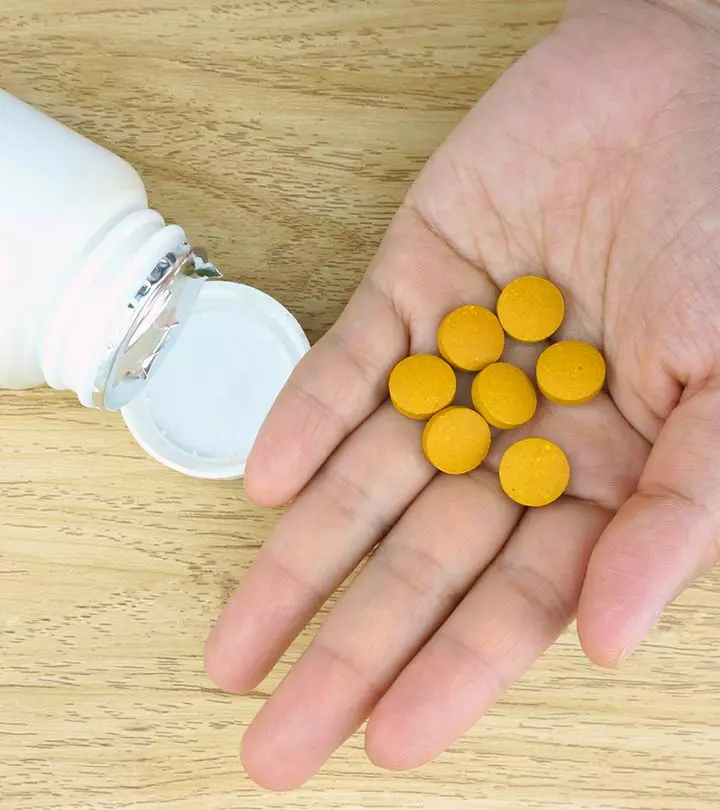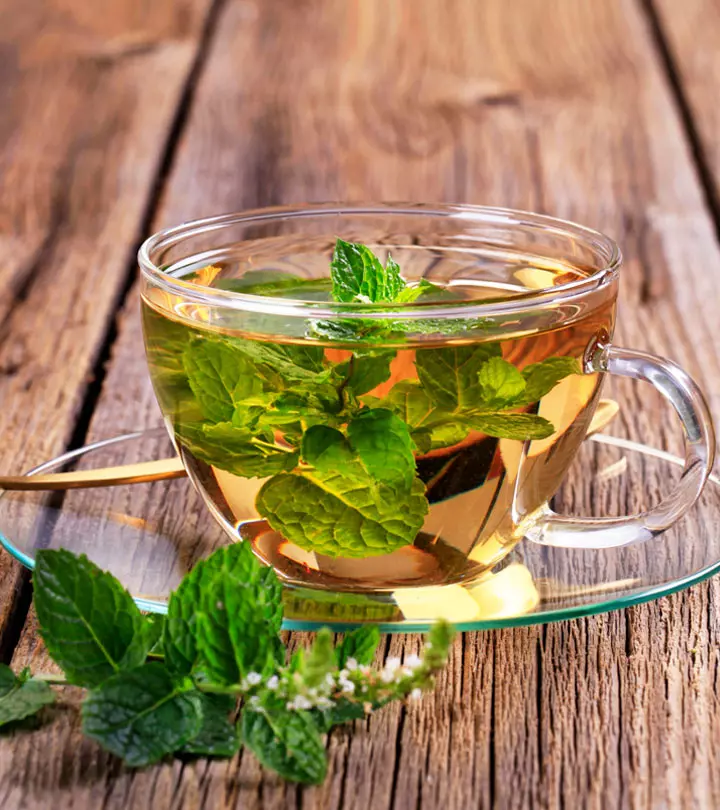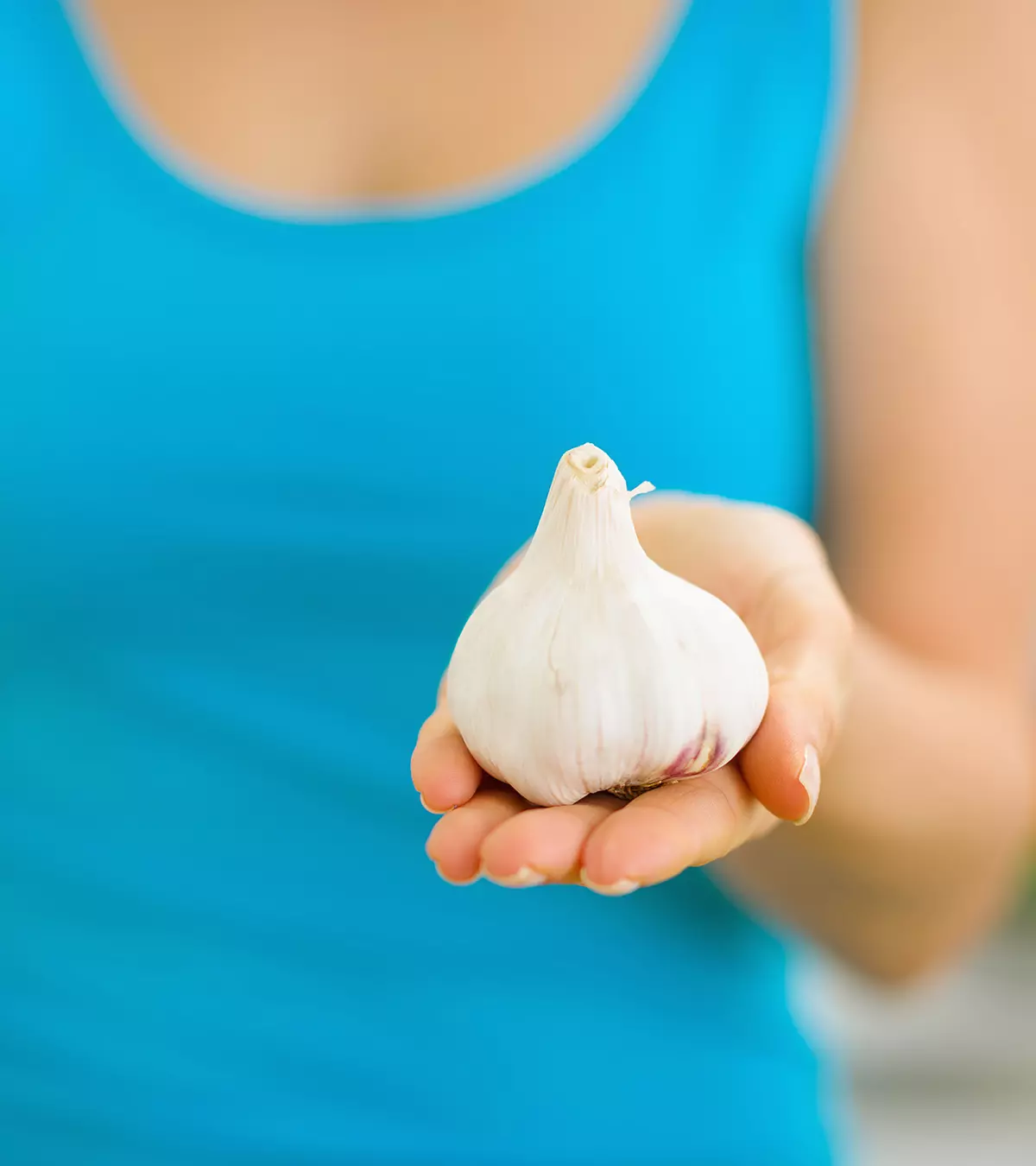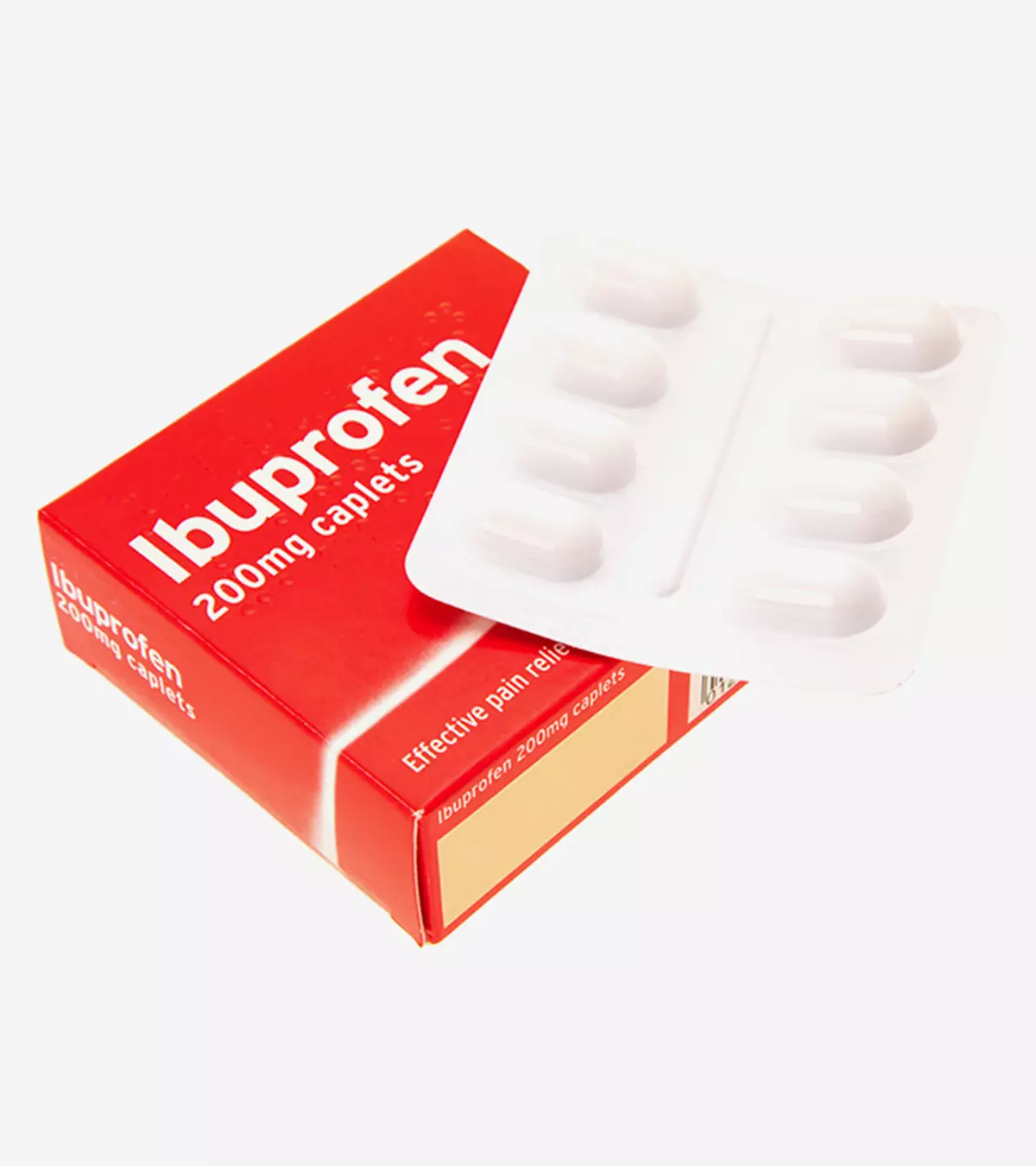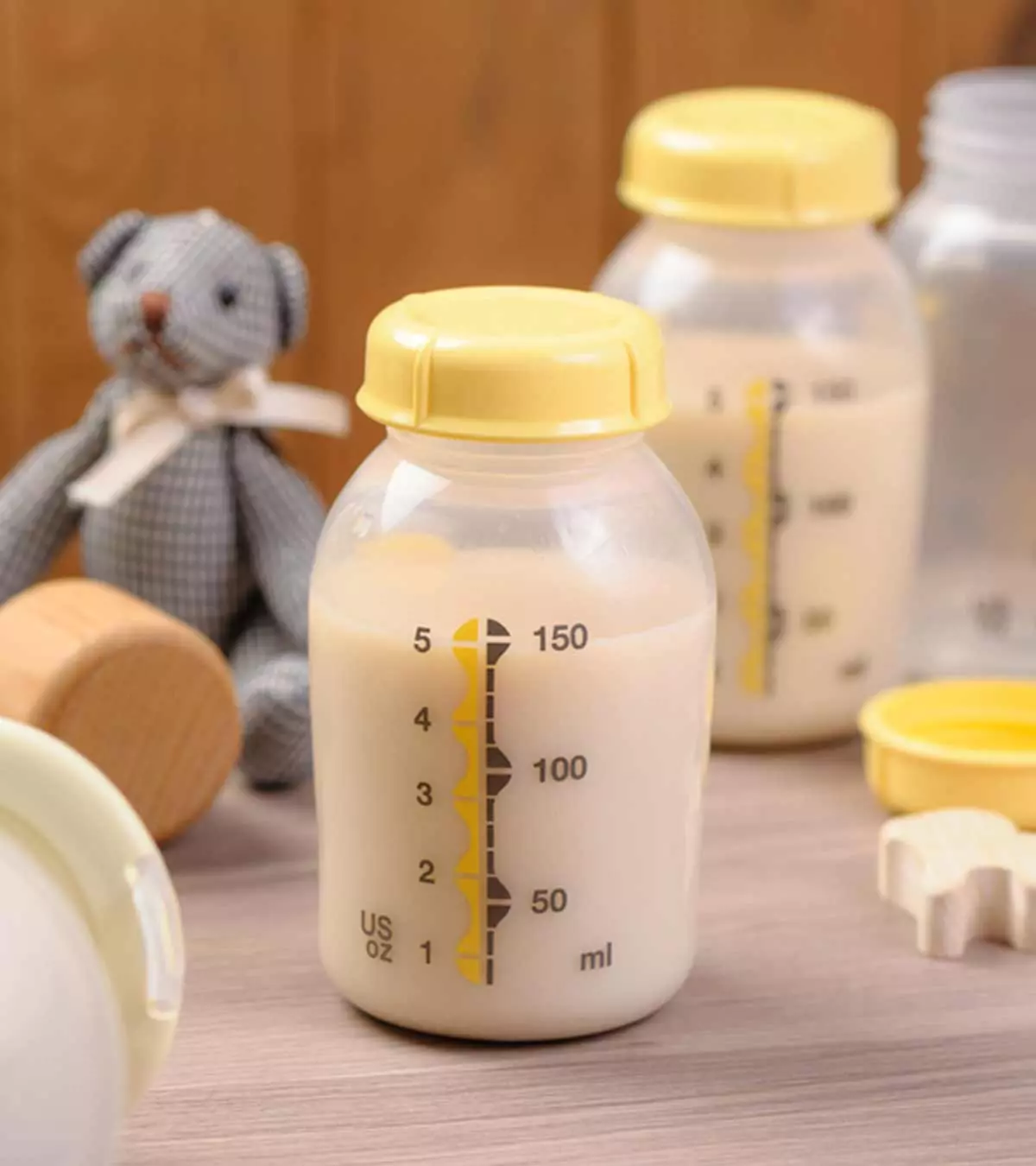
Image: Shutterstock
Lipase is a naturally occurring enzyme in breast milk that helps hydrolyze milk fat into easily digestible and absorbable fatty acids. The cause for high lipase in the breast milk of some mothers is unknown. Expressed and stored breast milk is believed to have higher lipase levels. High lipase levels in breast milk can make it smell and taste off and soapy (1). These changes may be why some babies refuse to breastfeed or bottle-feed expressed breast milk. Parents may also feel apprehensive about these changes and worry if the expressed milk is safe for the babies. Read to learn more about the causes of high lipase milk, the impacts of lipase activity on breast milk, and ways to manage it.
Key Pointers
- Lipase is an enzyme in breast milk that metabolizes fats into easily absorbable fatty acids. Some mothers produce milk with excess lipase. Expressed and stored breast milk is also believed to have higher lipase levels.
- High lipase in breast milk can make the milk taste and smell off or soapy, which is why some babies may refuse to take the feed.
- No studies showed that high lipase milk has any adverse effects on the baby’s health. Instead, a study highlighted that high lipase in breast milk could help healthy growth, particularly in preterm infants, by possibly compensating for pancreatic lipase functions.
- Parents can try some tips to mask the off taste and flavor of the high lipase breast milk and encourage the baby to feed.
Causes Of High Lipase In Breast Milk
There’s no evident cause as to why breast milk could develop high lipase content. It’s simply the case that some mothers have excess lipase in their breast milk while others don’t. Lipase is an enzyme in breast milk that facilitates digestion and absorption of nutrients, especially fats.
Stored expressed breast milk is believed to have high lipase levels that hasten the milk breakdown, altering milk’s taste and smell (1). Even then, some mothers report no change in their milk’s smell or taste. In either case, properly stored breast milk is safe, and its off smell and flavor don’t indicate it is unfit for the baby.
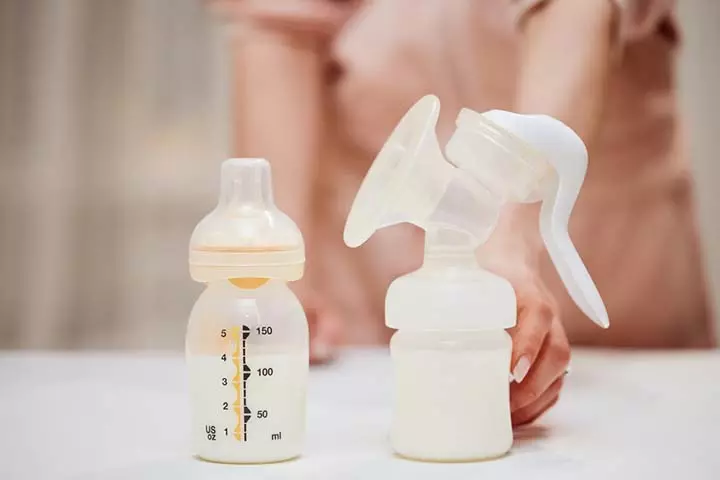
 Quick fact
Quick factDoes High Lipase Milk Affect The Baby’s Health?
No clinical evidence demonstrates the short- or long-term effects of high lipase breast milk on an infant’s health. There are no known adverse effects, as well. The changes in the flavor and taste of stored milk happen due to lipolysis (2).
It could mean that these changes are favorable for your baby. In fact, a study showed that lipase in breast milk could compensate for pancreatic lipase functions during infancy, helping in healthy growth, particularly in preterm infants (3).
According to the Academy of Breastfeeding Medicine, there’s no evidence that a baby may refuse stored breast milk because of the odor (4). Therefore, if you still don’t find your breast milk to smell or taste appropriate or your baby refuses breast milk, check your breast pump parts and storage containers and consult a pediatrician. You may also consider avoiding strong-smelling foods, such as garlic and fish (1).
 Quick fact
Quick factCan You Test Lipase In Breast Milk, At Home?
Although lipase activity in breast milk is a normal activity, if you wish to determine it, you can do it right at home with the following steps.
- Express some breast milk, store it in a suitable container, and freeze or refrigerate. You may taste a small quantity of milk to determine its flavor and odor before storing it.
- Let the container stay in the freezer or refrigerator for one to two days.
- After the stipulated time, check the odor and taste. If the milk smells and tastes off or soapy, it is highly likely that your breast milk has a high lipase content.
It is crucial to determine if the stored breast milk has high lipase or is spoiled. Spoiled breast milk will have a sour, rancid taste and a curdled texture. These are clear signs that the breast milk has gone bad and should be discarded (5).
Brittany Mederos, a mother of one, shares how she discovered that her breast milk has high lipase content. She explains, “While I was out, my husband thawed some breast milk and prepped it for our little one. He noticed it smelled funny but didn’t think much of it until our baby wouldn’t take the bottle. Then he tasted it, which tasted ‘soapy and weird, not like fresh breast milk.’ After a ton of searching online forums and blogs, I finally narrowed it down. I had overactive lipase in my milk. Some babies don’t mind the smell or taste, but my baby girl did… and now I was stuck with my return to work date looming and a milk stash that potentially my baby couldn’t use! (i).”

If your milk has high lipase content and your baby refuses to feed, you may try some interventions. If your baby is over six months old, you may want to try non-dairy alternatives, such as plant-based milk. These options may be more suitable, and better tolerated than traditional dairy products.
Tips To Mask Off Breast Milk Smell And Flavor
Here are some steps to resolve your milk’s smell and taste due to high lipase activity.
- Note the time when the milk turns sour and smells off. Following this timeline will help determine the approximate time when your stored milk changes flavors due to lipase activity. The timing for the change in breast milk taste varies from mother to another. While in some women, the breast milk may start to have an altered taste in less than 12 hours, others may not notice any change even if stored for a few days (6). In most cases, the shift in the milk’s taste occurs after 24 hours of storage. So, pump and store milk accordingly to avoid milk wastage.
- Try scalding. According to lactation experts, scalding fresh expressed milk before storing can deactivate lipase. Singapore-based obstetrician and gynecologist Dr. Tan Poh Kok suggests, “Scalding the milk immediately after pumping is crucial if you know high lipase is an issue. I also recommend that mothers taste milk after refrigerating it for a few hours to check for noticeable lipase activity. This helps determine if scalding is necessary.” Scalding milk involves heating it until it just begins bubbling around the edges and not boiling (7). Boiling milk above 40°C isn’t advisable as it can destroy the essential nutrients (4). Experts suggest heating breast milk in a pan below 180°F (82.2°C).
A mother and anesthesiologist, writing under the pen name ‘The Adequate Mother,’ discusses her approach to managing lipase activity in her stored breast milk. She says, “Now I’m going to scald everything before I store it…and I’m really ramping up my stash as I prepare to go back to work. Through my internet “research”, I found anecdotal evidence that breast milk could be heated to 180 degrees F to destroy the lipase or to 145 deg F for 1 minute. Now I put my milk in a sauce pan and once it hits 145 degrees keep heating it for a minute..the process takes about 3 minutes total (ii).”

- Mix stored milk with freshly expressed milk or solids. You can mix stored milk with freshly expressed milk to mask its flavor before serving it to the baby. However, ensure both are at the same temperature. For older babies who consume breast milk along with solids, you can add solids to breast milk. Oatmeal and infant cereals are some safe foods that you can add to breast milk.
- Freeze the breast milk. Freezing the breast milk at the temperature of -80°C (-112°F) has also been shown to change its smell less slowly than the conventional freezing method that recommends storing the breast milk at -19°C (4).
Other than these measures, altering breast pumps speed and pressure might also help prevent changes in breast milk’s taste and smell. Ensure that the breast pump and its parts are sterile to prevent bacterial contamination, which could also alter breast milk’s taste and flavor. You may also consider using a different storage container each time you express breast milk. Some foods to avoid while breastfeeding include strong-smelling items such as garlic and fish, as they may potentially alter the breast milk taste.
Frequently Asked Questions
1. Can I donate milk with high lipase?
Yes, you may donate your breastmilk with high lipase since it is equally nutritious and safe for babies (1).
2. How long does it take for lipase to break down milk?
The lipase activity may vary from person to person and can take about 12 hours or a few days to break the milk fats (1).
Breast milk is an essential source of nourishment for babies. Its taste and smell are factors that affect the baby’s appetite. A baby might stop feeding stored breast milk due to specific changes. However, adequately stored milk’s soapy taste and smell is the safest option, provided the cause is high lipase activity and not something else. If you are concerned about the possible cause of the milk’s soapy flavor, you must get in touch with a healthcare professional who could perhaps provide better guidance.
Infographic: Things To Know About High Lipase Milk
While feeding your baby stored breast milk, you may often notice them refusing the bottle. There could be various reasons behind it, including high lipase in breast milk, causing the milk to taste different. Explore the facts about lipase activity in breast milk in the infographic below. Illustration: Momjunction Design Team
Illustration: High Lipase Milk: Causes Effects And Tips To Manage It

Image: Stable Diffusion/MomJunction Design Team
Learn about the impact of high lipase levels in breastmilk and discover effective ways to manage it. Gain valuable knowledge and practical methods to decrease lipase, improving your ability to use stored breastmilk for feeding your baby.
Personal Experience: Sources
MomJunction articles include first-hand experiences to provide you with better insights through real-life narratives. Here are the sources of personal accounts referenced in this article.
i. New mom post #1 — what i learned after discovering i have lipase in my breastmilk (and how to combat it);
https://medium.com/@brim/new-mom-post-1-what-i-learned-after-discovering-i-have-lipase-in-my-breastmilk-and-how-to-c75a9066690b
ii. The lipase mini-saga…;
https://theadequatemother.wordpress.com/2012/04/05/the-lipase-mini-saga/
References
1. Milk Issues; La Leche League International
2. Hsiao-Ying Hung et al.; Variations in the rancid-flavor compounds of human breastmilk under general frozen-storage conditions; NCBI (2018)
3. Lijun Sha et al.; The level of bile salt-stimulated lipase in the milk of Chinese women and its association with maternal BMI; NCBI (2020)
4. Anne Eglash et al.; ABM Clinical Protocol #8: Human Milk Storage Information for Home Use for Full-Term Infants, Revised 2017; Breastfeeding Medicine (2017)
5. Breast Milk Storage: Everything You Should Know; University of Minnesota
6. Storing Human Milk; La Leche League USA7. Expressing & Storing Milk; La Leche League GB
Community Experiences
Join the conversation and become a part of our nurturing community! Share your stories, experiences, and insights to connect with fellow parents.
Read full bio of Arushi Agrawal

Dr. Tan Poh Kok (PK Tan) is a senior consultant obstetrician and gynecologist at PK Women’s Specialist Centre in Singapore. He got trained at the National University of Singapore and the Royal College of Obstetricians and Gynaecology in the UK. Dr. Tan specializes in women’s health issues, including endometriosis, ovarian cysts, cervical cancer, fertility problems, and uro-gynecology.
Dr. Tan Poh Kok (PK Tan) is a senior consultant obstetrician and gynecologist at PK Women’s Specialist Centre in Singapore. He got trained at the National University of Singapore and the Royal College of Obstetricians and Gynaecology in the UK. Dr. Tan specializes in women’s health issues, including endometriosis, ovarian cysts, cervical cancer, fertility problems, and uro-gynecology.
Read full bio of Swati Patwal
Read full bio of Rohit Garoo
Read full bio of Anindita Ghatak











